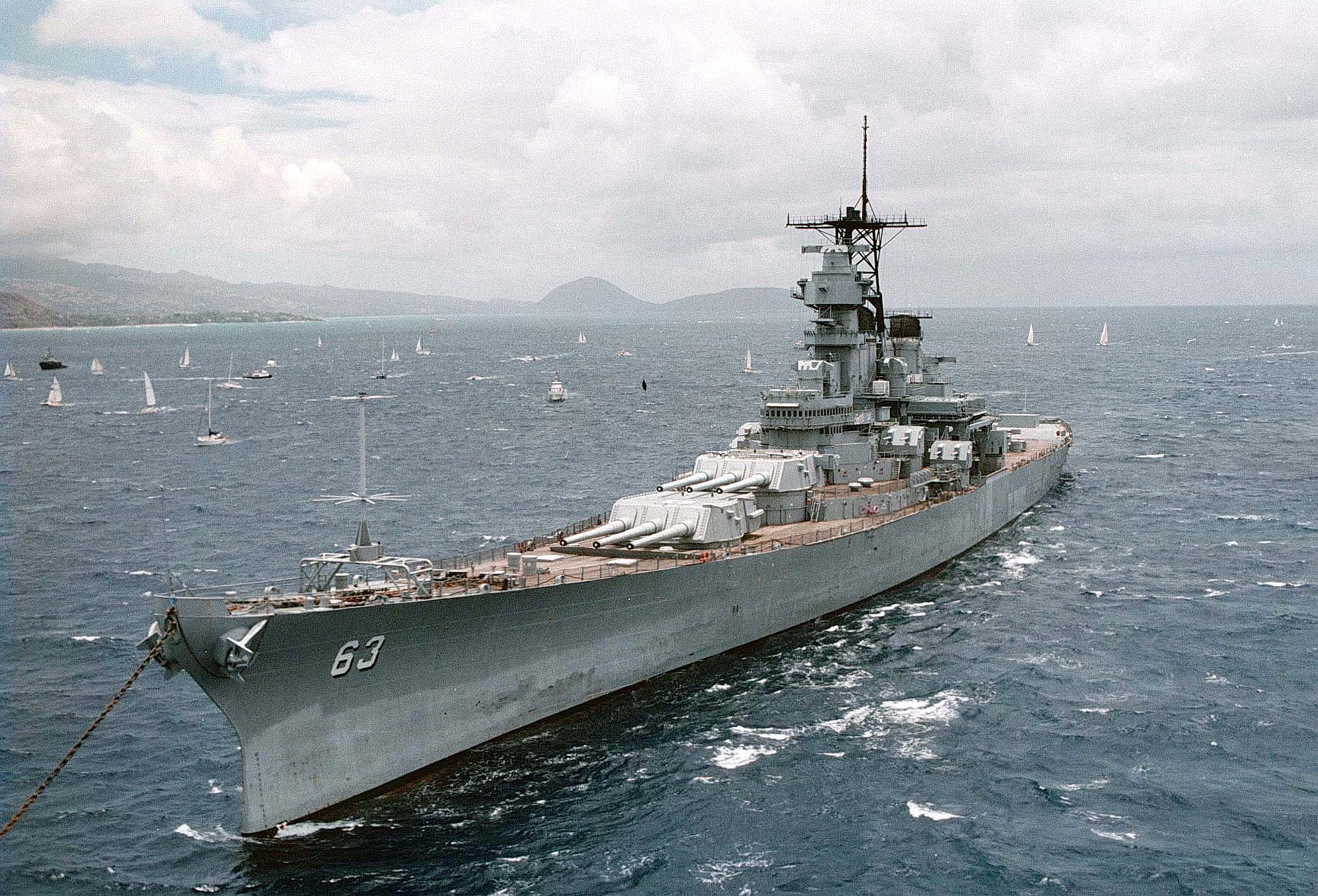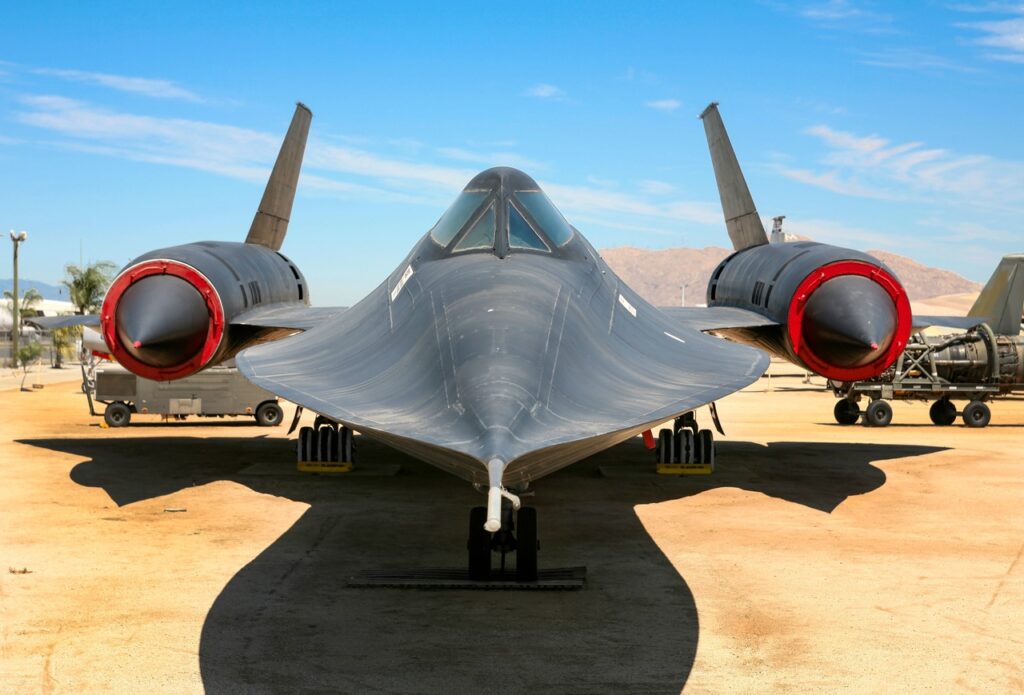
China and North Korea’s Worst Fear: The U.S. Navy Starts Building New ‘Battleships’
A future battleship could respond to Chinese provocations by disabling Chinese seabed sensors or cutting Chinese undersea cables. It could survive being rammed by enemy ships—a favorite tactic of the Chinese and North Koreans. And if A2/AD did escalate into a shooting war, it could operate in the danger zone while U.S. offensive actions turned the tables.
In World War II, the Japanese super-battleships Yamato and Musashi each mounted nine 18.1-inch guns, the largest naval guns ever deployed, but they never sank a single American ship. In a conflict decided by naval aviation, Yamato and Musashi were used mainly as flagships and troop transports. Despite their huge armaments, they were steel dinosaurs from an earlier strategic age.
(This first appeared last year.)
But how do you sink a steel dinosaur? The answer is: “with difficulty.” It took eleven torpedoes and six bombs to sink the Yamato. The Musashi took nineteen torpedoes and seventeen bombs. And at the time they were sunk, both ships were already limping along on patch-up repairs from earlier torpedo strikes. They may have been strategically useless, but the Yamato and Musashi were almost (if not quite) indestructible.
Naval construction requires decades of advance planning, and naval planners are always at risk of fighting the last war. Since the end of World War II, U.S. naval planning has revolved around the aircraft carrier. But world wars are few and far between, and other missions abound. When it comes to countering the rise of China, some of the most frequent missions are freedom of navigation operations (FONOPs) requiring no fighting at all.
Recommended:
Why North Korea’s Air Force is Total Junk
Why Doesn’t America Kill Kim Jong Un?
The F-22 Is Getting a New Job: Sniper
Over the last several years China has become increasingly aggressive in asserting illegal maritime claims in the South China Sea. In response, the United States regularly conducts FONOPs, sailing destroyers within twelve nautical miles of China’s artificial islands to repudiate Beijing’s claims to sovereign territorial waters. So far, China has been sensible enough not to challenge any of these operations.
But a destroyer is a fragile fish. In June last year the USS Fitzgerald was put out of action by a collision with a container ship, with the loss of seven lives—on the destroyer. Then in August the USS John S. McCain was nearly sunk by an oil tanker. Ten sailors lost their lives. The tanker suffered no injuries. Leaving aside the issue of poor seamanship, these two collisions illustrated a potentially more serious shortcoming of today’s naval ships: poor survivability. Navy ships used to threaten oil tankers, not the other way around.
The U.S. Navy certainly needs the firepower provided by its awesome carrier strike groups and its flimsy, but nonetheless formidable, guided missile destroyers. But it also needs ships that can take a punch and keep on sailing. That kind of toughness is likely to become an even more important quality as China develops its precision strike capacities. Soon it may become too dangerous to sail an unarmored ship in the South China Sea.
Stealth is one way to keep from getting hit, and the United States leads the way in the development of stealthy destroyers. But stealth defeats the purpose of a FONOP, which is to be seen. An old-fashioned battleship is a ship to be seen—and in a big way. But there’s no need for the Navy to build an old-fashioned battleship in the twenty-first century when it can build a new-fashioned battleship instead.
A contemporary battleship would combine advanced armor materials with automated damage control to produce a ship that is virtually unsinkable. Its offensive armaments might be mission-specific, but its key attribute would be survivability. It would be a ship that could be put in harm’s way in the reasonable expectation of coming home in one piece.
This “battleship of the future” could solve the challenge posed by China’s emerging anti-access / area denial (A2/AD) strategy for excluding the United States from the western Pacific. China is rapidly expanding and improving its networks of onshore, offshore, undersea, and space-based sensors to the extent that it will soon be able to see everything that moves between the Chinese mainland and the first island chain formed by Japan, Okinawa, Taiwan, and the Philippines. And improvements in precision weaponry will increasingly mean that China will be able to hit anything it can see.
America’s response has been a shifting set of tactical plans successively labeled as AirSea Battle, JAM-GC and Third Offset. What these plans all have in common is the idea that the best defense is a good offense: instead of defending against Chinese A2/AD attacks, they propose that the United States strike first to take out the command-and-control networks that tie China’s sensors to its precision munitions. The problem is that this implies the immediate escalation of any A2/AD scenario into a full-scale war.
That’s where the battleship of the future comes in: it would give the United States a defensive option for limited conflict. For example, a future battleship could respond to Chinese provocations by disabling Chinese seabed sensors or cutting Chinese undersea cables. It could survive being rammed by enemy ships—a favorite tactic of the Chinese and North Koreans. And if A2/AD did escalate into a shooting war, it could operate in the danger zone while U.S. offensive actions turned the tables.
The U.S. Navy will never again be a dreadnought fleet of big-gun battleships. But it is time to reexamine the role of armor in naval architecture. Even the most forward-leaning offensive operation needs a few tough linesmen who can take a beating and stay in the game. A future battleship would give the Navy— and by extension the president—warfighting options other than the total annihilation of the enemy. Regular FONOPs already demonstrate the need for such options. The A2/AD threat will likely generate even more dangerous missions that only a durable battleship of the future can safely perform.
Salvatore Babones is an associate professor of Sociology and Social Policy at the University of Sydney.
Image: Reuters.


